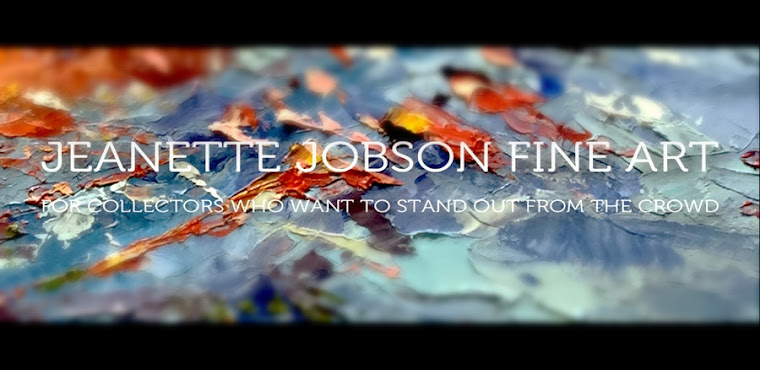Between bouts with a large painting, my break becomes smaller pieces. And with an exhibition looming in May I wanted to create a few newer paintings. This piece also serves as good practice for an upcoming workshop that I'll be delivering next weekend on painting water.
As I paint, I go through steps in my head to be able to explain how it is created. Its never as simple to explain in words how paintings come out at the end of a brush than it is to actually paint them. And doing so while painting sets up a battle between right and left brain functions. One side always loses or at least gets lost for awhile and its usually the left side.
Artists who teach are often expected to have secret formulas that provide others with all the ingredients of a successful painting. And individuals believe that by purchasing the same paint, brushes, canvas, etc., etc. that becomes part of the formula for success. I wish it were that simple. All I can provide is technical information in getting paint onto a surface and tips on learning how to observe. The rest is down to the desire of the individual to practice, to learn to observe what is really there and to ensure they develop their own style, not a copy of mine.

For those still interested in knowing what my watery combinations are in oils, I can share that with you, but you'll have to do your homework and paint many gallons of water. I use a mix of paint from different manufacturers from Daniel Smith, Richeson, Old Holland, LeFranc and Winsor & Newton. I have a couple of favourite colours that turn up on each water-related palette as standards. Richeson The Shiva Series Ice Blue; Old Holland, Caribbean Blue; Daniel Smith Indigo, Cobalt Teal Blue, and Manganese Blue, Maimeri Classico, Cerulean Blue. Titianium white is a standard and I usually have Winsor & Newton large tubes on hand as they're available locally. A new paint I've introduced is from Kama Pigments, Cold Grey Deep, perfect for the north Atlantic.
I use varying colour mixes from these and other colours that I introduce, depending on the water and the setting, reflections, etc. The turquoise so commonly seen I create from Cobalt Teal blue or use a combination of Cerulean Blue, Cadmium Yellow light and a touch of white. Either work well for light shining through water in certain wave conditions.
For acrylics, its a similar palette that I'll share in another post.







